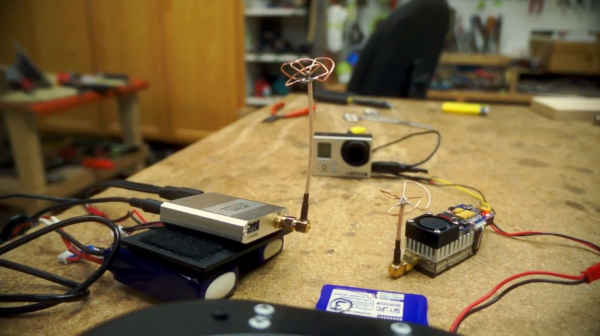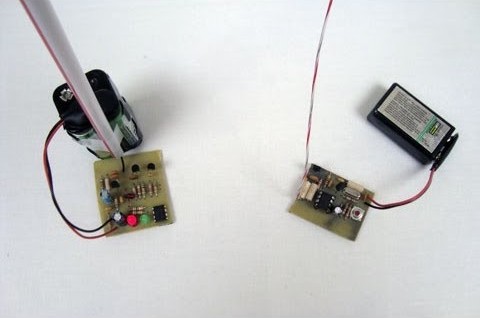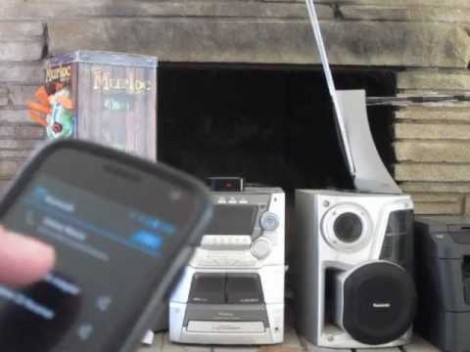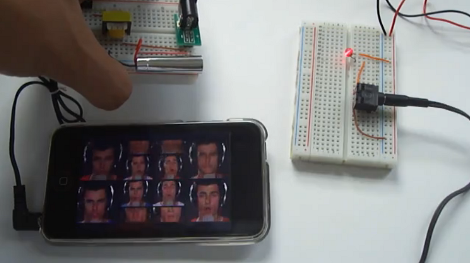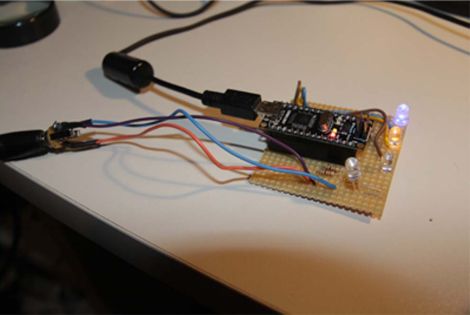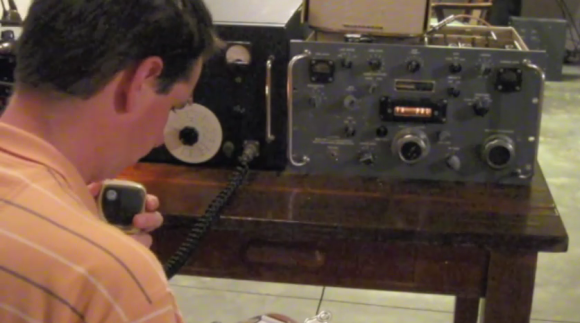
After getting his hands on this relic [Gregory Charvat] manage to hack it, converting the receiver into a transceiver.
It may be old, but the R-390A is nothing to scoff at. It’s abilities include AM, code, and FSK operation from 500 kHz to 32 MHz. But it is a receiver with no way of transmitting on the same bands. This is where [Gregory’s] hack comes into play. He rerouted the variable-frequency oscillator feed inside of the R-390A in order to use his 20M single-sideband unit. Basically what this does is allow him to control everything from the 390, using the microphone from the SSB — along with some switching hardware — to transmit his own messages.
His demo video starts with him making a few contacts using the hacked equipment. He then spends some time at the whiteboard explaning the changes. This portion went over our heads, but it becomes more clear when he cracks open the case and shows the actual modifications.
Continue reading “Hacking The R-390A Military Shortwave Radio Receiver To Transmit As Well”

